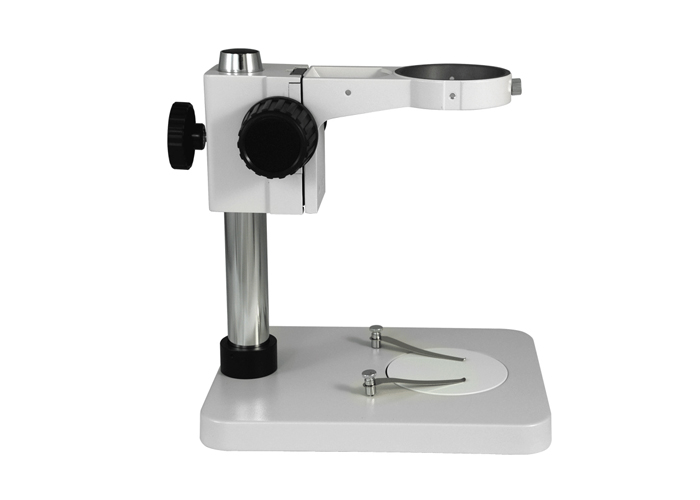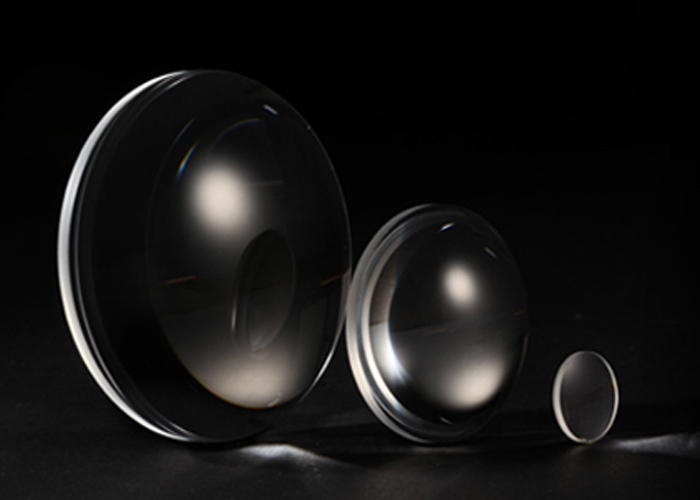How To Clean The Optical Components Of The Microscope?
Pulished on Oct. 28, 2018
Some components of the microscope, such as color filters and internal optics, should be cleaned by the manufacturer's expert and should not be touched by the user. Other components that are easily soiled can be carefully cleaned by the user. These components include:
1) Microscope Objective lens
2) Protect the glass cover of the camera sensor, and possibly the surface of the sensor itself
3) Condenser lens
4) Eyepiece lens
5) All other glass surfaces that can be freely contacted
6) Microscope Stand
First, you should be able to pinpoint the exact location of the contaminant. The dirt on the camera is easily identifiable because the position of the dirt in the image does not change when the camera is rotated or moved. If its position does change, the dirt is located elsewhere. You can also check it by turning the objective lens slightly. When inspecting other parts of the microscope, it is best to observe them correctly. If conditions permit, such as when checking the eyepiece, we recommend holding the lens in front of a bright, uniform background for observation. If a contaminant moves as the component moves, it can generally be considered to be on the component. A wide variety of pollutants. Loose or non-permanent dirt includes dust, skin debris or glass slides, glass fragments when the coverslip is broken, and the like. Stubborn soils are generally classified into water soluble and solvent soluble classes. However, in practice it is usually a mixture of the two.
The purpose of cleaning the microscope is of course to restore perfect image quality. Therefore, it is necessary to remove all impurities on the optical element, and of course, these elements cannot be damaged. The question is, what is the best way to remove specific types of contaminants? In general, first, find out the dirt and check it carefully. If the pollution is heavy, the loose dirt should be removed first, then the water-soluble dirt should be removed, and finally the dirt that can only be removed with the solvent should be removed. If there is only dust on the microscope optics, it is best to remove it with compressed air. This method is particularly gentle and prevents damage to the optical components.














